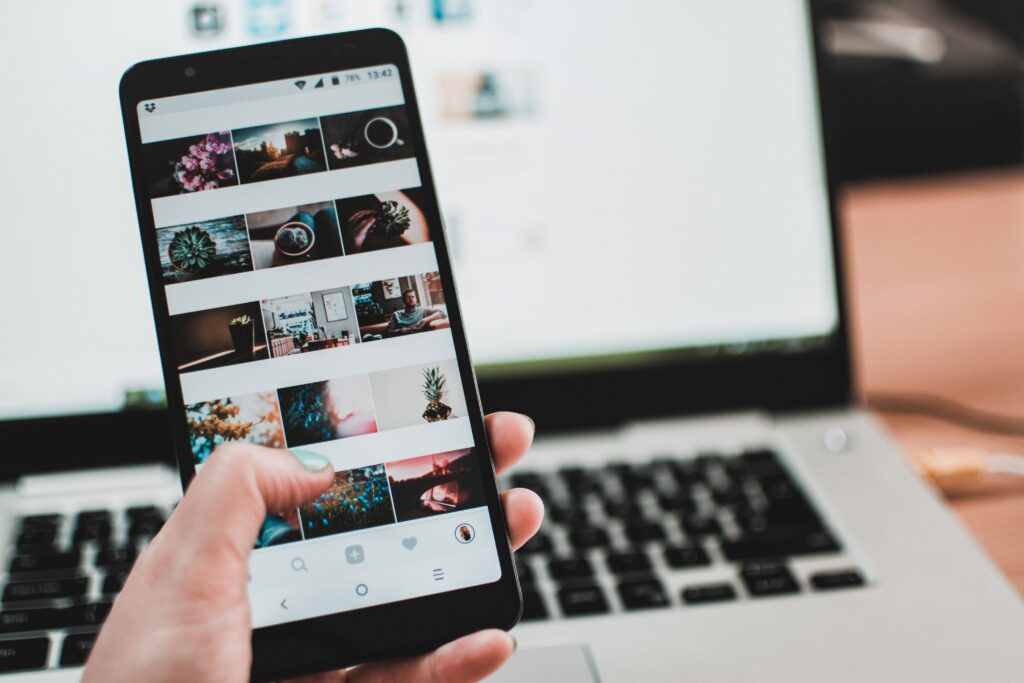Losing a device or having it stolen can be a distressing experience, not only due to the financial loss but also the potential compromise of personal information and privacy. In our increasingly connected world, our devices contain a wealth of sensitive data that can be misused if they fall into the wrong hands. If you find yourself in this unfortunate situation, knowing what to do is essential to minimize the damage. This article provides a comprehensive action plan to follow when a device is lost or stolen.

1. Remain Calm and Act Swiftly:
Although it’s natural to feel anxious, staying calm is crucial. The sooner you take action, the better your chances of preventing unauthorized access and potential misuse of your personal information.
2. Locate the Device:
If you’ve simply misplaced your device, take a moment to retrace your steps and check common places where you might have left it. Use features like “Find My Device” (for Android) or “Find My iPhone” (for iOS) to locate your device’s last known location.
3. Secure Your Accounts:
Immediately change the passwords for your accounts, especially those that contain sensitive information. This includes your email, social media, banking, and any other accounts accessible from the lost or stolen device.
4. Remote Lock and Wipe:
If you’re unable to recover your device, use the remote lock and wipe features provided by your device’s manufacturer. These features allow you to lock the device and erase its data remotely to prevent unauthorized access.
5. Contact Law Enforcement:
If your device has been stolen, report the incident to your local law enforcement agency. Provide them with all the necessary details, including the device’s serial number and any relevant information that might aid in recovery.
6. Notify Your Service Provider:
Contact your mobile carrier or service provider to report the loss or theft. They can help deactivate the SIM card and assist in preventing unauthorized use.
7. Monitor Accounts:
Regularly monitor your financial and online accounts for any suspicious activity. If you notice any unauthorized transactions or logins, report them immediately.
8. Inform Contacts:
If your lost or stolen device contained personal contacts, let them know about the situation. Hackers might use your contacts to spread malicious messages.
9. Enable Two-Factor Authentication (2FA):
Enable two-factor authentication on your accounts whenever possible. This adds an extra layer of security by requiring a verification code in addition to your password.
10. Freeze Credit Reports:
If you had sensitive information stored on the lost device, consider freezing your credit reports to prevent potential identity theft.
11. Report to Device Manufacturer:
Some manufacturers offer assistance in tracking and recovering lost or stolen devices. Contact them to see if they can help locate your device.
12. Update Personal Information:
If your device contained personal information such as your address, update your information with relevant parties to prevent any misuse.
13. Backup Your Data:
Regularly back up your device’s data to a secure location, such as cloud storage or an external hard drive. This ensures you have a copy of your important information in case of loss or theft.
14. Be Wary of Phishing Attempts:
Criminals might use your lost device to send phishing messages to your contacts. If you receive unexpected messages or emails, verify their authenticity before taking any action.
15. Be Cautious When Retrieving Your Device:
If you locate your lost device using tracking features, exercise caution when retrieving it. It’s best to involve law enforcement if you suspect foul play or believe it’s in a risky location.
16. Update Your Online Accounts:
As you regain control of your accounts and secure your data, update the passwords and settings to ensure no traces of unauthorized access remain.
17. Consider Identity Protection Services:
In cases of significant data exposure, consider using identity protection services that monitor your personal information and alert you to any suspicious activity.
18. Learn from the Experience:
Losing a device can serve as a reminder to enhance your digital security practices. Regularly review and update your security measures to prevent future incidents.
Conclusion: Taking Charge of Your Digital Security
While losing a device or having it stolen can be distressing, following a well-structured action plan can help you regain control over your data and minimize potential risks. Quick and informed decision-making is key to preventing unauthorized access, securing your accounts, and safeguarding your personal information. By staying vigilant and implementing preventive measures, you can turn a challenging situation into an opportunity to enhance your digital security practices.